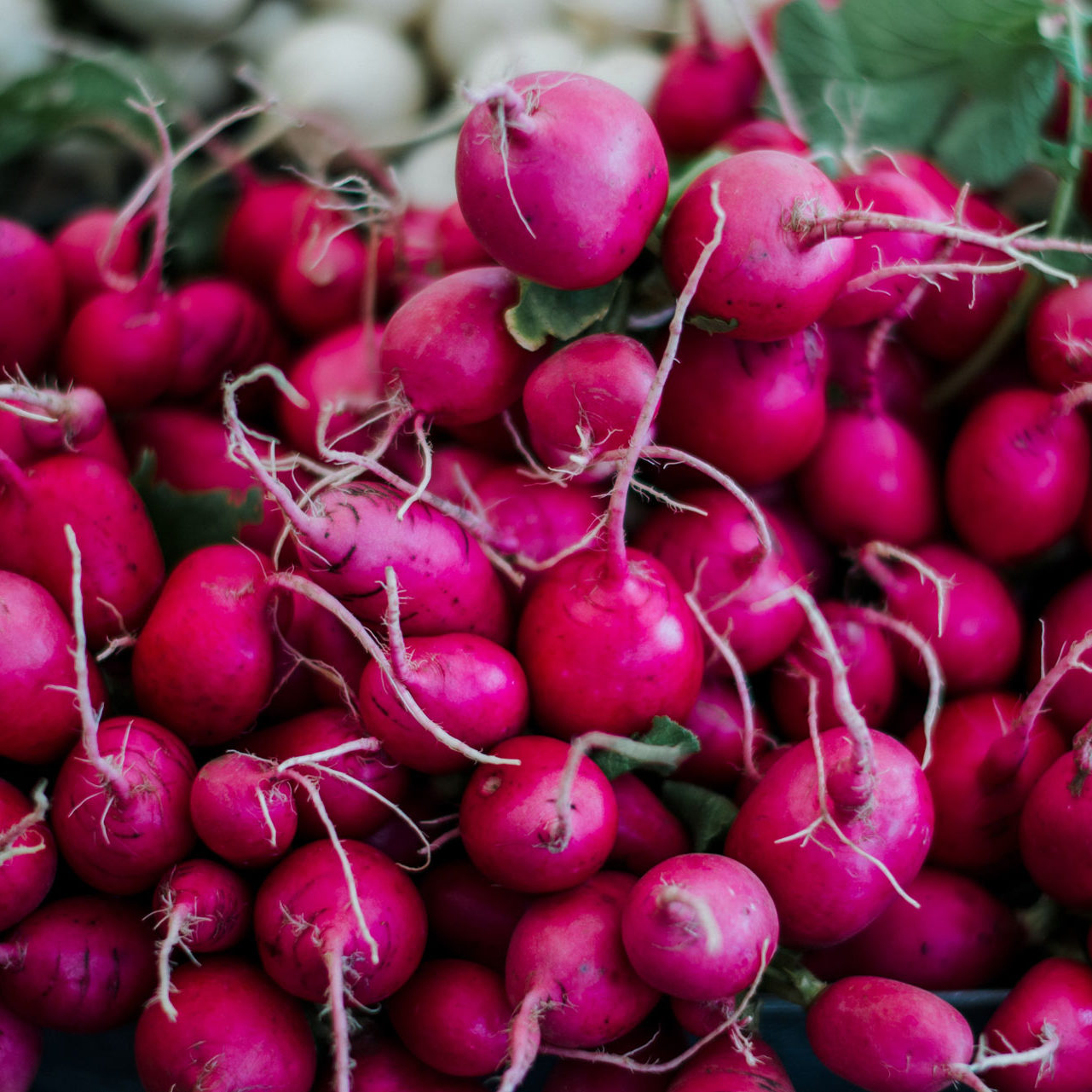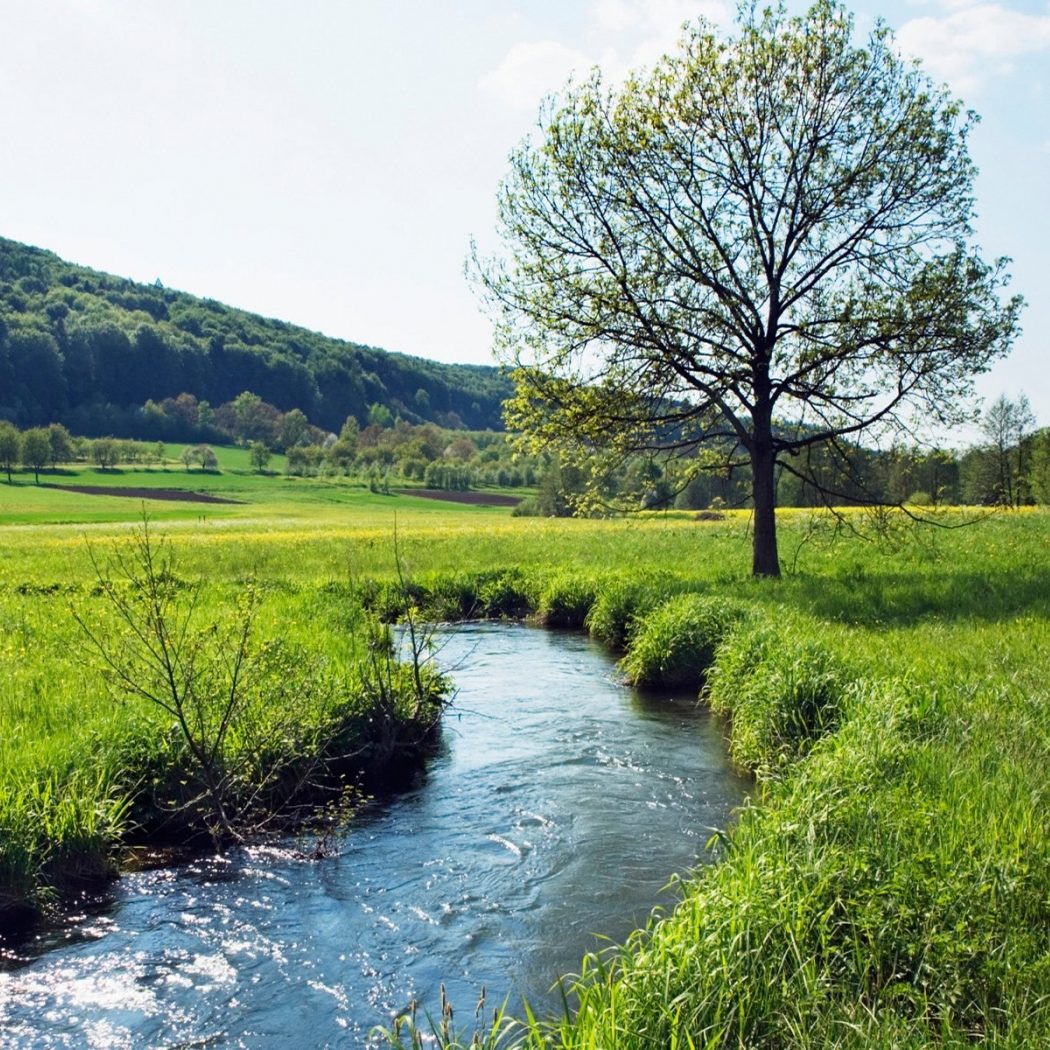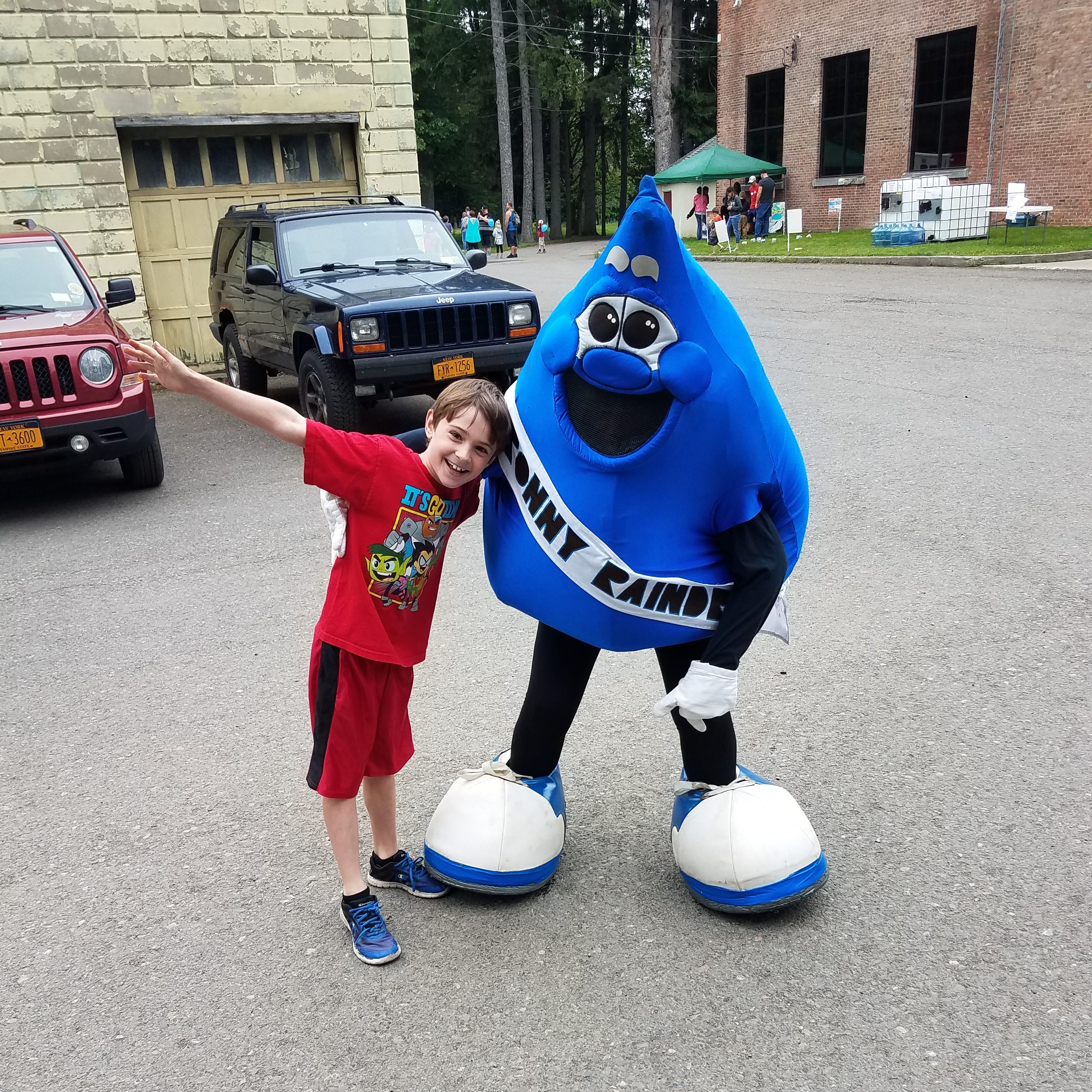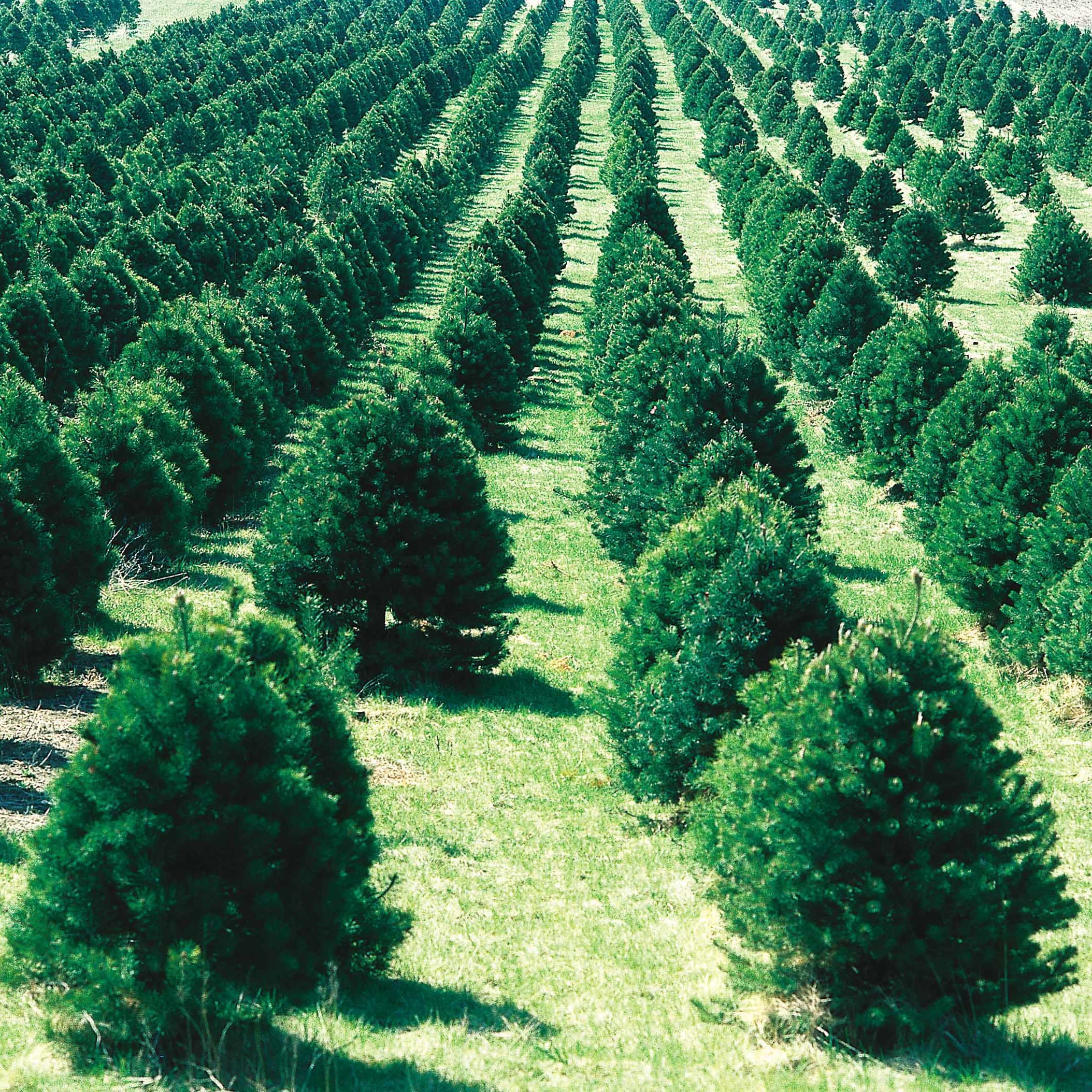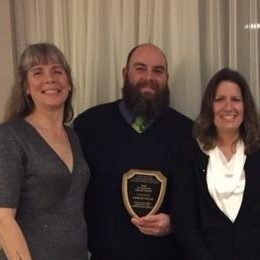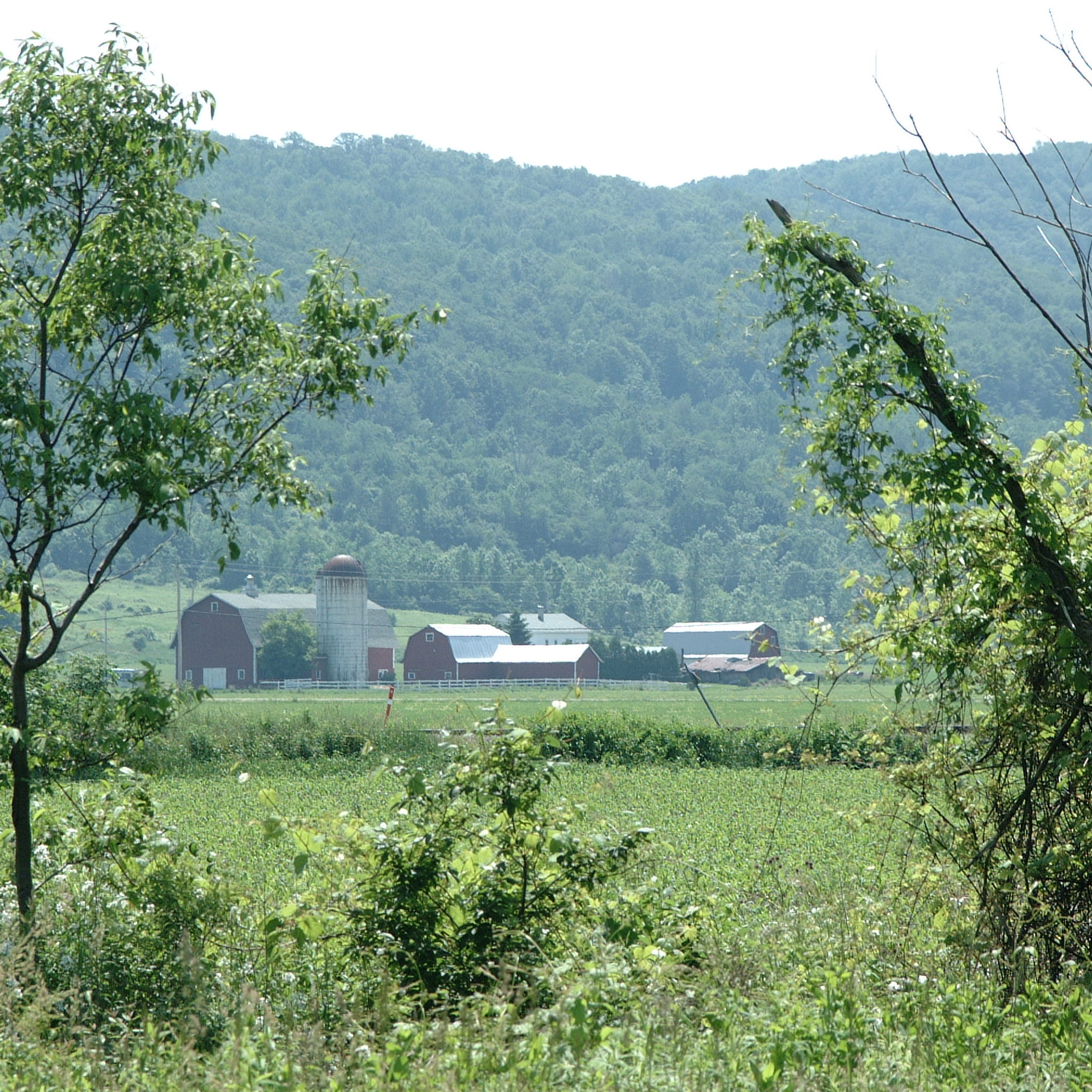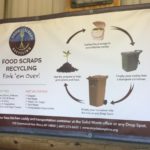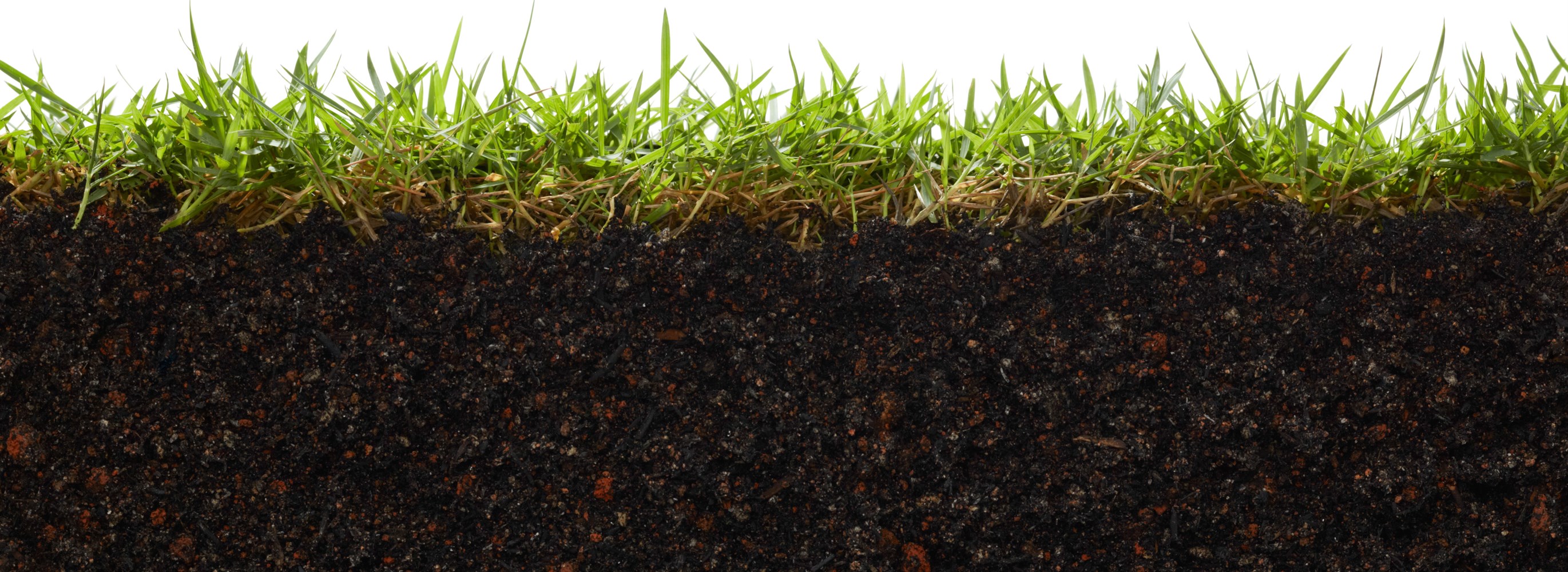COMPOSTING
WHAT IS COMPOST?
Compost is a nutrient rich soil-like material created by the biological decomposition of organic materials such as vegetative debris and food scraps. Food scraps and yard waste together currently make up more than 28 percent of what we throw away, and should be composted instead. Compost can improve soil fertility, extend fertilizers, save water, suppress plant diseases, and boost soil tilth.
HOW DOES IT WORK?
Composting is most commonly an aerobic process, that is, the biological breakdown of the materials takes place in the presence of oxygen (air). The main byproducts of the breakdown are carbon dioxide, water and heat.
Your compost pile should have an equal amount of browns to greens. You should also alternate layers of organic materials of different-sized particles. The brown materials provide carbon for your compost, the green materials provide nitrogen, and the water provides moisture to help break down the organic matter.
HOW LONG DOES IT TAKE?
Your time investment: Composting will require time and effort on your part. Your biggest time investment will be the initial set-up of the composting facility, which will vary depending upon the type of the facility you plan, the site preparation work required, and the materials available to you. Set-up time can range anywhere from a few hours to a few days.
Select a dry, shady spot near a water source for your compost pile or bin. Lumber, hardware cloth, pallets, barrels, and even cardboard boxes can be used for your compost facility, and you can even just keep a pile. Important considerations are air flow, ease of mixing, and longevity. The minimum size is usually around 3’x3’x3′.
Once your compost pile is established, mix grass clippings and green waste into the pile and bury fruit and vegetable waste within other compost material. When the material at the bottom is dark and rich in color, your compost is ready to use. This usually takes anywhere between two months to two years.

